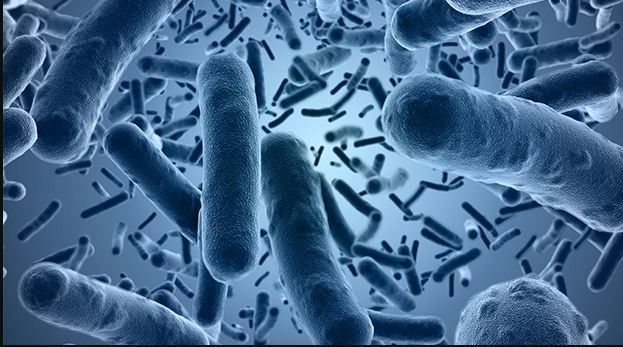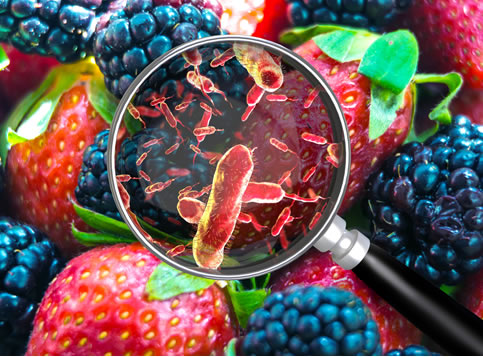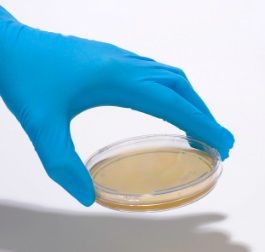






Monitoring and testing compressed air and other gases is crucial to assuring the safety and quality of many pharmaceutical and manufacturing products. Through several contamination events, water vapor, oil vapor, microorganisms and particles have been identified as primary sources of compressed air contamination [3]. The mechanisms by which these compressed air contaminants enter manufacturing and pharmaceutical products is often varied. Through several studies, it has been observed that most compressed air contamination events occur due to human error in application and errors within the compressed air system itself [2,3].
Unfortunately, most pharmaceutical and manufacturing companies often overlook testing the compressed air containers they use. Studies have shown that the air systems these companies utilize can often harbor the required nutrients for microbes to proliferate in the damp and warm environments of many compressed air systems [1,2]. Concurrently, the proliferation of these microbes becomes an additional risk as the compressed air systems are aerosolizing the bacteria that incubates in these systems. Even companies that actively maintain low temperature environments near -40°F are often susceptible to microbial and particulate contamination from compressed air since the lowered temperature doesn’t affect particulate matter, only inhibits microbial growth and does not eliminate the microbial source [2].
Given the consumer risk associated with compressed air contaminants in pharmaceutical and manufacturing products, the International Organization for Standardization (ISO) developed an air test protocol. Within this air testing program called, ISO 8573-7, companies are provided a testing method that enables them to distinguish colony forming microbiological organisms from solid particles in compressed air [4]. Though many companies may not have the appropriate staff and equipment to effectively and efficiently carry out ISO 8573-7 compressed air testing, ISO testing protocols can still be carried out by certified testing laboratories [2, 4].
As a matter of due diligence and industry standards, it is highly recommended that your compressed air monitoring and testing be completed on all existing and planned compressed air canisters by certified testing laboratories like Sure-Biochem Laboratories. Sure-BioChem Laboratories specializes in providing the highest quality compressed air testing and monitoring services year-round. Our experienced team is trained in producing verifiable testing services based on industry standards and our commitment to quick and reliable results can help your company be assured of your compressed air usage.
For additional information regarding our environmental monitoring services contact Sure-BioChem Laboratories at 888-398-7247.
1. Addala, Anirudh, and Srinivasu Gangada. "Fabrication and Testing of Compressed Air Car." Global Journal of Researches In Engineering 13.1 (2013).
2. Kim, Tae Gwan, and Kyung Suk Cho. "Microbial community analysis of a methane-oxidizing biofilm using ribosomal tag pyrosequencing." Journal of microbiology and biotechnology 22.3 (2012): 360-370.
3. Sandle, Tim. "Microbiological assessment of compressed gases in pharmaceutical facilities." Facilities 21.2 (2015).
4. http://www.iso.org/iso/iso_catalogue/catalogue_tc/catalogue_detail.htm?csnumber=31385







Interested in Working with
Sure-BioChem Laboratories
Sure-BioChem Laboratories offers top-notch analytical testing for various industries. Our advanced lab and expert team ensure reliable, quality results. We're committed to excellence, helping clients meet high standards in environmental, food, and pharmaceutical testing.
Headquarters:
1000 Atlantic Avenue
Camden, NJ 08104
PHONE: 888-398-7247
Main Menu